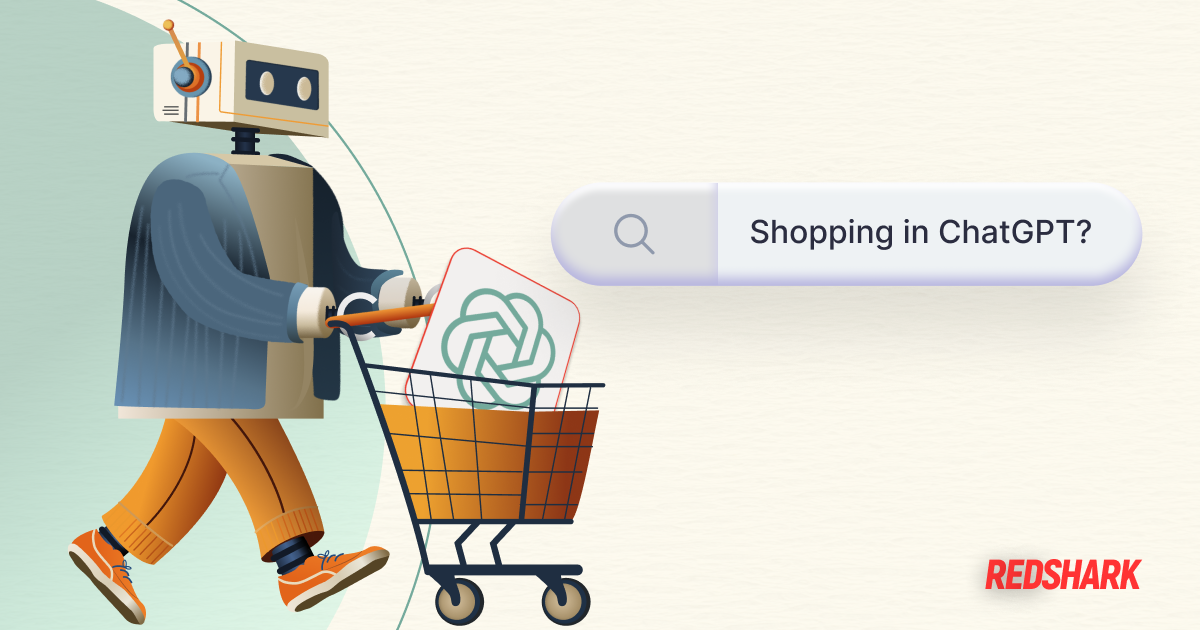
Facebook: Why Am I Seeing This?
Facebook: Why Am I Seeing This?
Featured & Recent Articles
Facebook: Why Am I Seeing This?

Facebook's "Why Am I Seeing This?" Feature
Since Facebook first launched their “Why Am I Seeing This?” function in 2014, the company has added more information to the notifications. This gives the user more context and control involving the Facebook ads. They added Custom Audience details to the “Why Am I Seeing This Ad?” notification in February. Before, users could see if their contact information was on a "Custom Audience" list uploaded by the advertiser. However, now they can also see when a "Custom Audience" list is uploaded and if the advertiser worked closely with marketing partners to run the ad.
Shows Why You Are Seeing This Ad
Facebook users will now be able to click a drop-down menu on posts that will show them why "you may be seeing the post." This includes the amount of times you’ve interacted with the post’s author in the past, the types of posts you tend to interact with, and the overall popularity of the post itself. Users will also be given a “See First” and “Unfollow” option, as well as linking your News Feed preferences.
How This Affects Advertisers
This change means that advertisers need to be extra attentive when updating their first-party lists. To get a little more specific, the updated notification now provides a specific date when the Custom Audience list was uploaded and if the list was created by an agency or marketing partner connected to the advertiser. Users are now more likely to hide an ad or report an advertiser if they believe there is anything sketchy about their information being included on a list. With that being said, advertisers must stay on top of their Custom Audience lists and targeting practices to keep their lists squeaky clean. Facebook has long owed it to their users to start gaining back trust ever since their data privacy scandal, in which they gave big companies greater access to its users' data without the users' permission. These new options are an important step in that direction.













.png)




.png)
.jpg)




